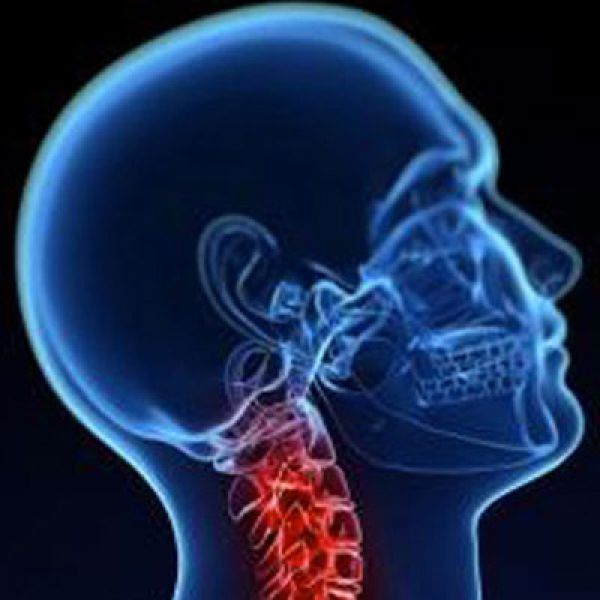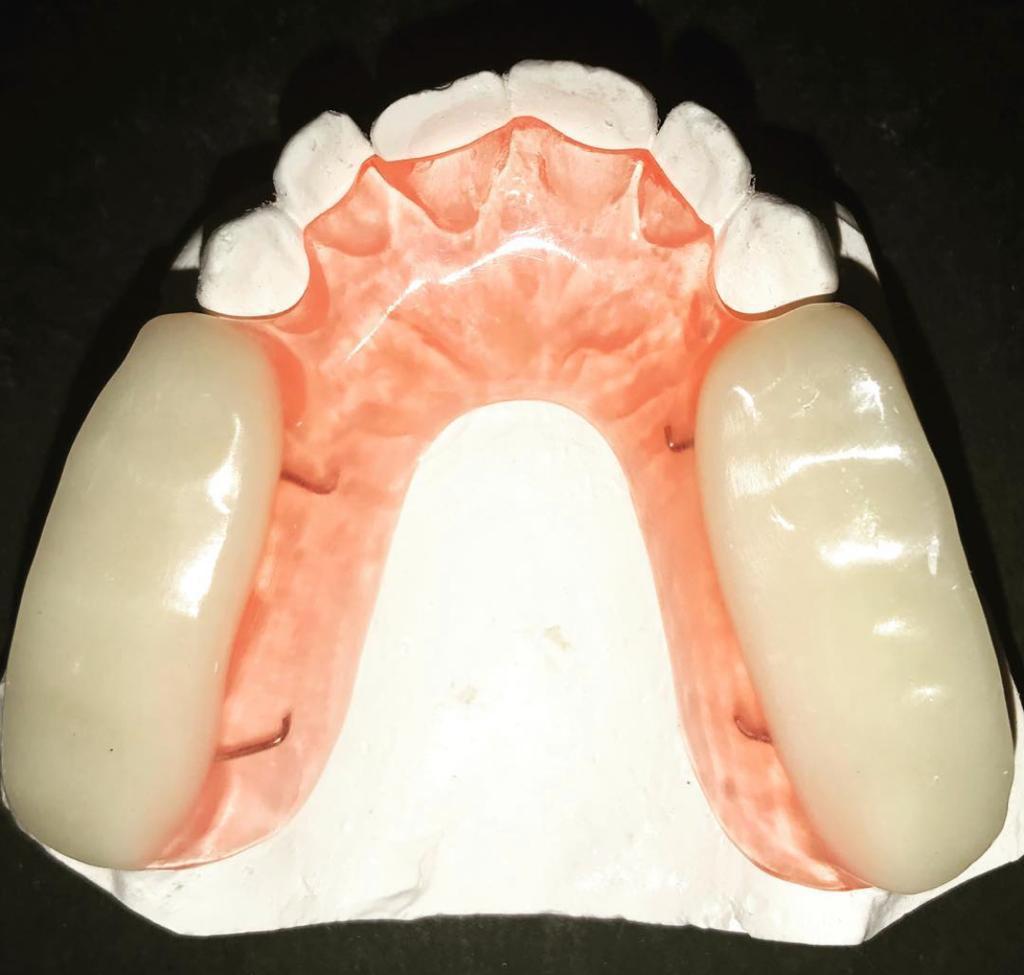There is an important link between dental occlusion and body posture. Dental occlusion, in fact, determines the position of the jaw, a position which, in turn, affects posture through the muscle and tendon chains that cross our body. If the jaw assumes an incorrect position due to genetic, traumatic, or incorrect dental therapies, some muscles may contract which, by modifying the posture, generate problems and pains in the spine and in the cervical area. It is intuitive how the position of the skull with respect to the vertebral column is decisive in the development of pathologies relating to the column itself. Starting from the assumption that the position of the skull in space is determined by the mandible, we can say that there is a direct connection between mandibular posture and cranio- vertebral posture.
The most common symptoms of what can be defined as cranio-cervico-mandibular syndrome are headaches, vision and balance disturbances, neck pain, stiff neck, spinal dysformism, as well as widespread pain, bad habits it is a general state of malaise and suffering.
Having said that, it is easy to understand how essential it is that a collaboration between dentist and osteopath is necessarily established, to be able to formulate a precise diagnosis and undertake a synergistic therapeutic path. The patient who manifests a cervical, lumbosacral pathology, an alteration of the pelvis and / or of the lower limbs, must necessarily be sent for observation by the dentist, to assess the state of the stomatognathic system, so of teeth, muscles, ligaments, temporomandibular joint and buccal frenula.
Osteopathy is of fundamental importance for the patient undergoing orthodontic treatment, as it can facilitate the adaptation of the body to fixed or mobile changes, avoiding the onset of painful symptoms.
Even in neonatal and pediatric age it would be a good idea for our little ones to be examined to be able to “intercept” any anomalies, before any morbid events can develop; in particular, the labial frenula and the lingual frenulum must be checked (even in newborns, on which it is necessary to intervene early), as well as dental and / or dento-skeletal anomalies. Clearly the evaluation will be made on the existing dentition.






